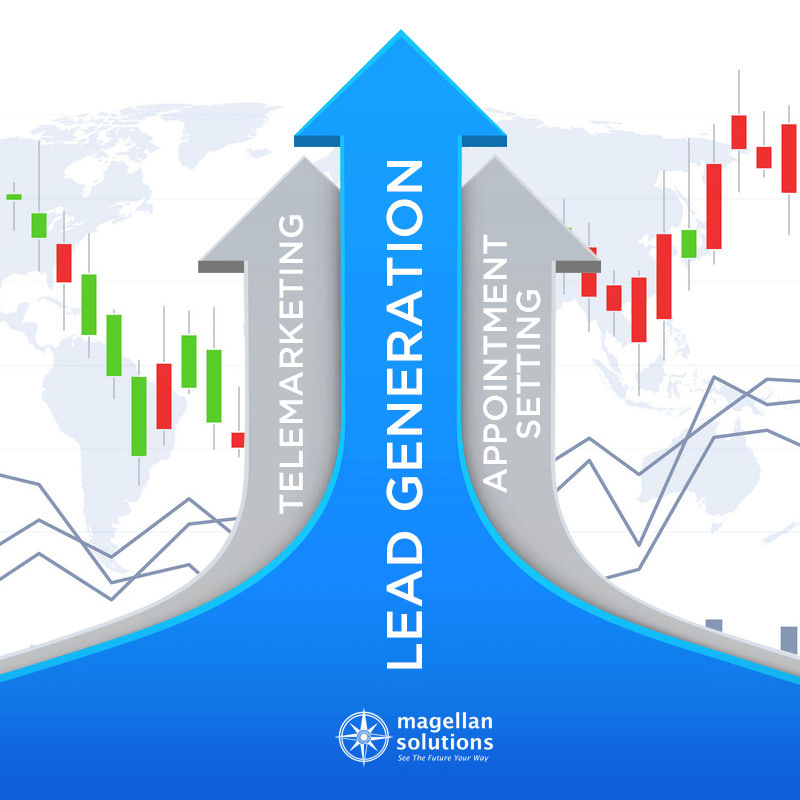Schedule a FREE call with our outsourcing expert now and get a precise quotation that meets your requirements. Don't wait - get started today!
Qualifying and generating leads is integral to retaining and expanding a company’s client base. But sourcing these leads takes time and effort and is often relegated to the most junior staff in the company. Outsourcing lead generation to a third party fixes this. The outsourced company has the skill and the workforce and is given priority. This helps keep the business sustainable in the long term. Lead generation is a challenge that requires the involvement of a reliable call center with professional staff.
While some companies have in-house lead generation teams, the task is commonly outsourced to external call centers. Doing so gives them access to the service provider’s call lists, software, best practices, and human capital. It also lets them reduce expenses since outsourcing allows for drastic cost savings.
Outsourcing Lead Generation to the Philippines
Outsourcing to the Philippines, in particular, translates to scaled-down expenses. The relatively low exchange rate of the Philippine peso lets companies stretch their budget and optimize resources. Compared with other regional offshore destinations, such as Thailand and India, doing business in the country is more affordable regarding office space and median salary. Since the local business process outsourcing (BPO) industry is saturated, the competition incentivizes service providers to offer affordable pricing models.
Outsourcing to the country also lets companies tap into a talent pool of call center agents, many of whom have solid sales and customer service backgrounds. Filipino agents are hired based on their fluency in English and years of professional experience in voice services. In other words, they have a lot of skills and insight to bring to the table.
The Lead Generation Processes
1. Alignment
The product development, sales, marketing, and customer service teams must agree on the lead management process, criteria, and benchmarks and set monthly, quarterly and annual goals that they should adhere to. They must also decide which tools to use for capturing and managing leads. This ensures that all teams involved are on the same page.
2. Lead intelligence gathering
Once a list of buyer personas and their corresponding buyer journey has been established, sales and marketing must agree on criteria for lead segmentation. They may gain this information through landing pages, as well as pages and events that can help them keep the lead profile updated throughout the buyer journey.
3. Lead segmentation
Based on set criteria, teams establish marketing automation workflows to distribute leads to lists, using qualifiers such as job title, industry, or market segment. These lists may be used for lead nurturing and a campaign targeted at a specific part.
4. Lead nurturing
Leads that enter the sales funnel are observed and influenced by being shown content based on their buyer persona. Content can be sent through email campaigns and website messaging. Leads should be guided to different segments via marketing automation workflows as they consume content.
5. Lead generation
This involves the capturing of qualified leads by way of targeted, good-quality content. This covers inbound marketing and demand generation.
6. Lead assignment
Using marketing automation workflows, inbound leads are turned over and assigned to the appropriate sales representatives when they trigger behaviors, such as requests for product demonstrations or obligation-free trials. Leaders are given to sales representatives based on segmentation rules and criteria, like industry or territory.
7. Sales
Sales representatives refer to agreed-upon criteria, benchmarks, and sales goals and use customer relationship management (CRM) tools to appraise and reach out to qualified leads. They must also deploy strategies to engage prospective buyers, pique their interest, gain their trust, and develop a relationship with them to close a sale. They must also update the lead status every step of the way. If a deal has been completed, they will have to do customer follow-ups and find opportunities for upselling.
8. Analytics
This involves monitoring each aspect of lead generation processes to gauge performance and productivity. All teams must make use of analytics tools to make sure that operations are optimized, as well as to identify areas in need of improvement.
The Difference Between B2B and B2C Marketing
Companies must use different approaches when marketing to businesses and consumers. The two categories’ differences should determine companies’ strategies when closing a sale. B2B lead generation and B2C lead generation vary in their focus range, but some strategy overlap.
Businesses purchase products and solutions with the primary goal of saving time and money. As such, there is little to no personal emotion involved. This is why marketing to businesses requires companies to focus on the logic of the product or solution on offer. They must understand the behaviors of organizational buyers and the protocol they must comply with when making purchases on behalf of businesses.
Consumers, on the other hand, tend to be more emotional with their purchasing decisions. They are more responsive to concise and direct marketing messages. Companies would emphasize a product or service’s benefits to make a sale.
Integrated Services
The following services complement lead generation processes:
• Call lists contain comprehensive information about a prospective consumer or organizational buyer and corresponding details such as job title, company, industry, and market segment.
• Engagement planning – Teams identify lead generation objectives. They also identify leads, buying personas, and the best strategies to engage with them.
• Content development – This involves the conceptualization and production of content sent to leads at critical points of the buyer journey to increase the likelihood of a sale.
• On-page optimization ensures that web pages, notably landing pages, and forms, are optimized to help produce conversion rates.
• Leads reports – These reports give clients a bird’s eye view of prospective customers’ behaviors and activities within a specific time frame. These may be sent on a daily, weekly, or monthly basis.
• Pipeline alerts – Sent via email, these alerts give clients a heads-up whenever a qualified lead exceeds the lead score threshold.
Why it Works: Outsourcing Lead Generation to the Philippines
Outsourcing lead generation to the Philippines is a cost-effective solution that helps companies meet, if not exceed, sales targets. The country’s service providers operate 24/7 throughout the year, including national and international holidays. They can capture and nurture leads beyond fixed office hours, increasing productivity.
Moreover, it lets companies leverage local service providers’ expertise and industry insights regarding lead generation. It helps them reduce costs per lead while at the same time maximizing lead quality. It gives them access to substantial call lists from which they can extract prospects. With lead generation outsourcing, they can be sure that their campaigns are fully-integrated and that these campaigns deliver the desired results. Contact us now.
















